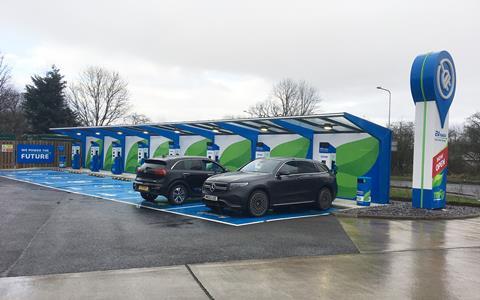
The UK will hit 30,000 electric vehicle (EV) charging devices in the first quarter of 2022, surpassing 40,000 for the whole year, according to a forecast by EV charging app Zap-Map.
It also predicts a greater focus on the EV charger user experience; higher charging prices and more complex pricing structure; a peak in the number of charge-point suppliers; and a huge growth in business fleets using EVs.
Following an impressive growth in public charging infrastructure in 2021, in which the number of ultra-rapid charging devices increased by more than 50% between January and September; and slow-charging devices grew by 66%, the company expects to see “strong and continued growth” over the course of 2022. It says 50kW chargers will become a thing of the past, while 100kW-plus chargers will become the norm.
The report refers to MFG plans to install around 3,000 ultra-rapid 150kW and 350kW chargers across its network by the end of 2030; while Osprey, Gridserve and InstaVolt have all announced plans to create hundreds of high-powered EV charging hubs across the UK by 2025.
However, Zap-Map predicts strong and continued growth in the provision of low-powered chargers which are ideal for overnight charging – many of which will be found on residential streets or as part of community projects, acting as a replacement for home charging. Connected Kerb, for example plans to install 190,000 public on-street chargers by 2030. Similarly, Shell is planning to install 50,000 slow Ubriticity chargers in the UK by 2025.
Zap-Map also warns that the EV driver experience will be more critical in 2022. Zap-Map’s recent EV charging network rankings, as rated by EV drivers, showed that a good charging experience primarily hinges on the charging device being reliable and easy to use. Moving into 2022, these two factors will therefore be key priorities for the UK’s public charging networks.
“Although the survey shows that some networks are indeed delivering a frictionless charging experience, others have work to do,” says Melanie Shufflebotham, co-founder & COO at Zap-Map.
“The experience of the EV driver should be front and centre for all CPOs in 2022, and with increasing numbers expected to switch to electric next year, making public charging simple will become more important than ever.”
However, users of EV charge points can expect to see higher costs: “Looking ahead to 2022, I don’t think I’ll be alone in expecting to see hikes in pricing from charge point operators across the country, not least because of increases in wholesale energy prices,” says Alex Earl, commercial director at Zap-Map.
“We’ve already seen some operators take this course of action, and I wouldn’t be surprised if others join them.”
The expectation here, according to Earl, is for 40p and above per kWh to become the norm for EV charging, at least for ‘en route’ hubs.
“On that note, we’re also likely to see prices splitting out to reflect specific charging speeds,” he says.“So you’ll see one price for your ultra-rapid chargers, one for rapid, and others for fast and slow devices.”
On top of increases in wholesale energy prices, he says this disaggregation of pricing for charging speeds will also be driven by operators trying to recoup on costs. Installing – and running – ultra-rapid chargers, for example, is more expensive than for slow devices.
Another trend he sees on the horizon, although not until 2023, is for dynamic pricing. Also known as time-of-use pricing, this would involve operators charging higher prices at times of greater demand.
In terms of suppliers, there are around 70 charge-point operators (CPOs), with 13 making up around 75% of all chargers, but expect some consolidation this year, predicts Zap-Map. There will be takeovers, mergers and some going into administration; but also new players entering the charging space. However, expect the UK to reach a peak in terms of the number of CPOs in play, before the market begins to feel less fragmented.





















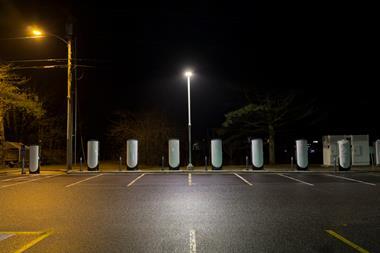
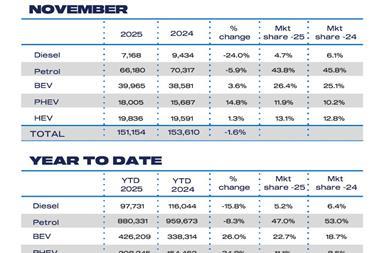



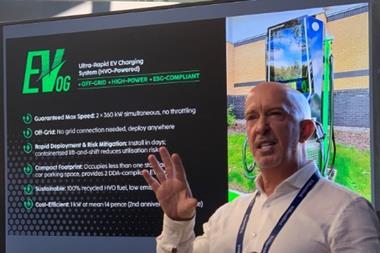
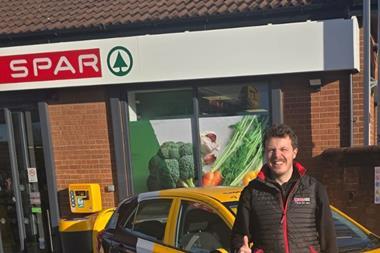

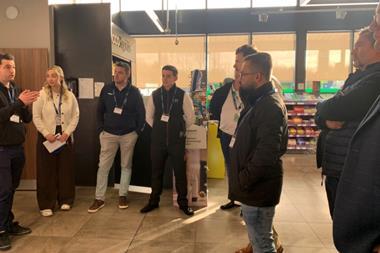



No comments yet